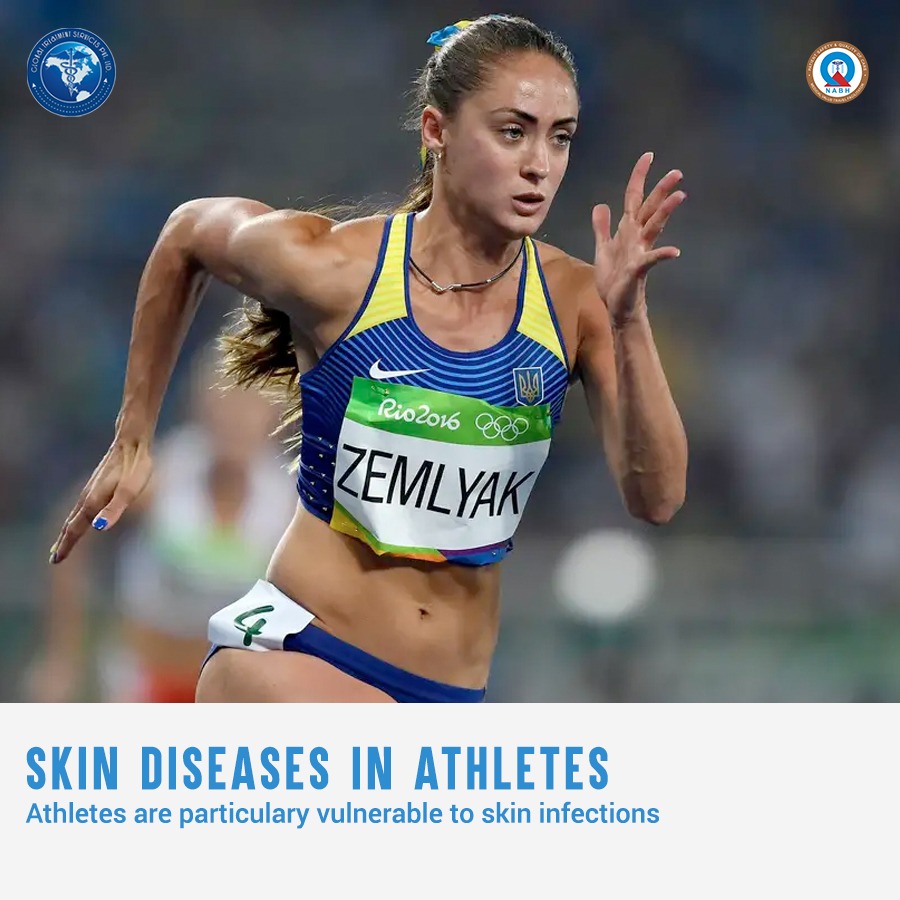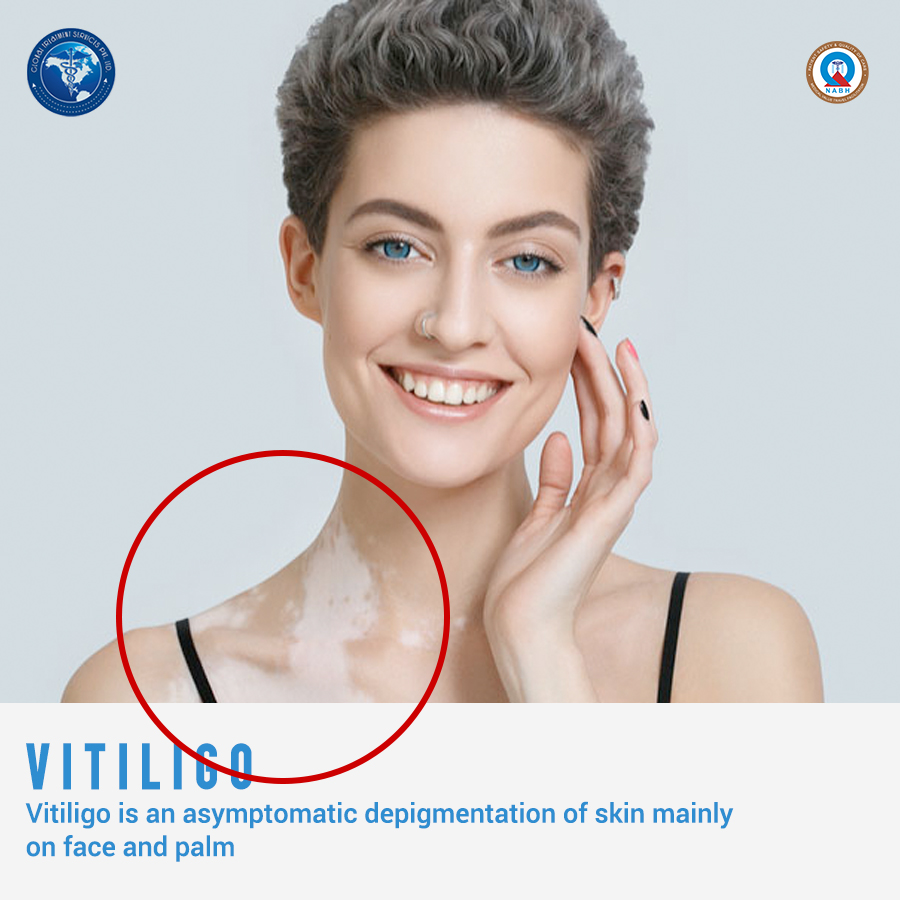Overview
Myiasis is parasitic infestation of the body of a live animal by fly larvae (maggots) that grow inside the host while feeding on its tissue. It is a condition primarily associated with poor hygiene, open wounds, and occurs more frequently in tropical and subtropical regions. Myiasis often occurs when gravid female flies deposit eggs or larvae directly onto wounds or mucous membranes. Factors increasing risk include untreated wounds, poor oral hygiene, alcoholism, dementia, and immunocompromised states. so, If you suspect you have myiasis, it’s crucial to seek medical attention for proper diagnosis and treatment.
- Cutaneous myiasis: involves skin infestation and can be further categorized as furuncular (forming boil-like lesions), wound (infestation of existing wounds), or migratory (larvae moving under the skin).
- Cavity myiasis: affects orifices like the mouth, ear, or nose.
- Ophthalmic myiasis: affects the eye, causing symptoms like conjunctivitis and lid swelling.
- Genital myiasis: is rare but can occur, particularly in individuals with conditions like uterovaginal prolapse.
Causes
- Myiasis occurs when flies lay their eggs on or near a person’s wound, sore, or other body openings, such as the nose or ears.
- Some flies may also lay eggs on clothing that is then worn, transferring the larvae to the skin.
- Risk factors include poor hygiene, unsanitary living conditions, contact with animals, open wounds, and travel to tropical and subtropical areas where myiasis-causing flies are more prevalent.
- People with compromised immune systems are also at higher risk.
Symptoms
- Pain and discomfort.
- Itching and irritation.
- A sensation of movement or crawling under the skin.
- Visible boil-like lesions or lumps.
- Openings in the center of the lesions where the larvae breathe.
- Pus-filled bumps.
- Swelling and tenderness.
- In some cases, systemic symptoms like fever, chills, and fatigue may occur.
Diagnosis
- A thorough medical history and physical examination.
- Visual identification of the larvae.
- In some cases, blood tests or imaging tests may be used.
- Immunodiagnostic tests may detect antibodies to specific fly species.
Treatment
- Larvae removal: This is the primary treatment. Methods include:
- Occlusion: Covering the opening of the lesion with a substance like petroleum jelly to suffocate the larva and encourage it to emerge.
- Mechanical extraction: Removing the larvae with forceps or by applying pressure.
- Surgical removal: May be necessary for deeply embedded larvae or if other methods fail.
- Wound care: Thorough cleaning, antiseptic dressings, and debridement are important.
- Antibiotics: May be prescribed to treat secondary bacterial infections.
- Anti-parasitic medications: In some cases, medications like oral or topical ivermectin may be used to kill the larvae and facilitate removal.
- Intestinal myiasis: May resolve on its own, or anti-parasitic medication may be prescribed.
Prevention
- Maintain good personal hygiene.
- Properly care for any open wounds or sores.
- In areas where myiasis is common, take steps to prevent fly bites, such as wearing protective clothing and using insect repellents containing DEET.
- Dispose of animal carcasses and refuse properly to deny flies breeding grounds.
Conclusion
Prevention is better than cure, if you are looking treatment abroad kindly share the medical reports via email query@gtsmeditour.com and get the best medical opinion from our major hospitals empanel with us. we are here available to assist you 24/7 through treatment, accomodation and best cuisine available.
Happy to assist..!
Thank you
Team – GTS


